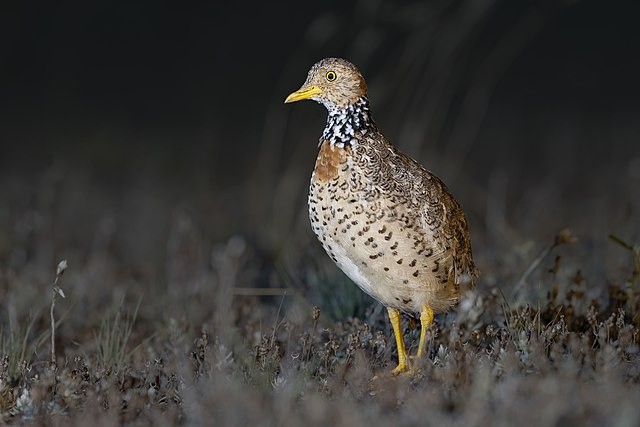Tiny solar-powered backpacks, an experimental product, assist a collective effort to save an endangered bird species in Australia.

The Endangered Plains Wanderer
As reported first by The Guardian, the semi-arid grasslands of northwest Victoria and the New South Wales Riverina are home to small, fawn-colored, ground-dwelling plains wanderers.
The birds were originally common throughout eastern Australia, but their numbers have drastically decreased over the past ten years. Their known habitat is largely on private land.
Furthermore, plains wanderers have highly specific requirements. Droughts, in particular, will not sustain the birds since insect numbers decline, food is in short supply, and nesting materials are scarce.
However, with too much rain, weeds may grow rapidly, forcing the birds to flee.
There may be between 500 and 1,000 plains wanderers surviving in the wild, according to recent estimates. The plains wanderer was listed as critically endangered by the Australian government in 2015.
In the NSW Riverina region's Oolambeyan national park, 15 birds have now been released. Due to its significant conservation value as a vital habitat for the plains wanderer, it was permanently protected in 2002, according to The Guardian.
The release is a part of a $175 million, 10-year program that brings together the governments of NSW, Victoria, and South Australia to safeguard the survival of the species.

Solar Backpacks
The solar backpacks will serve as a solution to the long-standing problem of how researchers understand wild bird movements.
The backpacks will be monitored by satellites and have a two-year lifespan. In the past, only a transmitter in the field could be used to track the birds, and the battery life was only good for 12 weeks.
James Griffin, the environment minister for NSW, stated that monitoring their travels after release was a culmination of their efforts to save the species from extinction.
"These solar backpack-wearing plains wanderers are paving the way for us to gather important data, which will ultimately help us improve our conservation efforts for wild populations into the future," Griffin said in a statement.
This article is owned by Tech Times
Written by Joaquin Victor Tacla
ⓒ 2025 TECHTIMES.com All rights reserved. Do not reproduce without permission.




